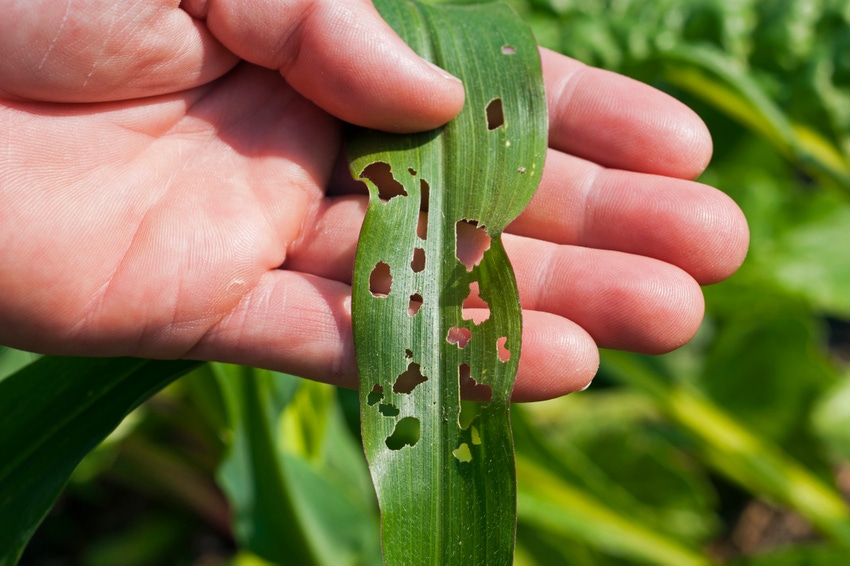June 12, 2019

Pests and plant diseases wreak havoc on crops worldwide, reducing major food crop yields by an estimated 10% to 40%. While all farmers are negatively affected by pests and pathogens, farmers in low-income countries lack resources to combat pest and disease and are more susceptible to crop loss.
In an effort to combat pest and disease in low-income countries, the Foundation for Food and Agriculture Research partnered with The Bill & Melinda Gates Foundation to support the 2019 Grand Challenges Explorations—Tools and Technologies for Broad-Scale Pest and Disease Surveillance of Crop Plants in Low-Income Countries program, which develops tools to improve crop pest and disease surveillance globally.
In low-income countries, more than 25% of crops are lost to pests and diseases. Monitoring and early detection programs can help lessen losses.
“Time is of the essence for farmers, especially those in low-income countries, when crops are threatened by pests and disease. The grantees are creating innovative tools that detect pests and diseases early, providing farmers time to respond and protect their crops and livelihoods,” said FFAR’s Executive Director Sally Rockey.
If their concepts are successful, the three individuals awarded this grant will have the opportunity to compete among a larger pool of applicants for a $1,000,000 prize to transform crop pest and disease surveillance globally.
The projects:
Plants emit specific chemicals when attacked by insects or fungi. Dr. Hanseup Kim, associate professor at the University of Utah, received a $100,000 grant to develop chemical sensors that can operate for a long period of time in a resource-limited environment. These sensors will alert farmers to the different types and stages of crop damage.
Setting up existing pest incident monitoring networks in low-income countries is expensive and logistically challenging. Dr. Ritzvik Sahajpal, assistant research professor at the University of Maryland College Park, received a $99,723 grant to design a low-cost early warning system that combines machine learning algorithms, earth observation data and crop pest modeling to predict various crop threats. This system will be tested on maize and sorghum crops in Tanzania. The research team is also analyzing plant properties, temperature and soil moisture to estimate pre-harvest losses and determine crop losses from pests and fungi.
Traditional crop pest and disease monitoring approaches, like drones, are costly and limited in their ability to provide accurate data across large regions. Paul Wagstaff, senior agriculture advisor at Self Help Africa in Ireland, received a $97,400 grant to build an advanced algorithm that automatically analyzes satellite images for changes in leaf color and soil disruption to detect crop pests and disease. The “trained” algorithm is proposed to detect these subtle changes in satellite images, to allow pest damage to be distinguished from water and nutrient deficiencies and allow for rapid assessment of the degree of infestation across large areas, which to date has not been accomplished.
Source: Foundation for Food and Agriculture Research, which is solely responsible for the information provided and is wholly owned by the source. Informa Business Media and all its subsidiaries are not responsible for any of the content contained in this information asset.
You May Also Like




